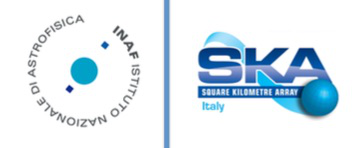Speaker
Description
The SKA and its precursor instruments will probe the HI content of galaxies to an unprecedented depth enabling investigations of environmental effects in action, such as ram pressure stripping and gravitational interactions. These significantly impact the physical properties of gas in cluster galaxies, and hence regulate their growth. There are well-established observational evidence (e.g. colour and morphological gradients towards cluster centres) suggesting that these mechanisms ultimately stop star formation. However, state-of-the-art simulations refine this picture by implying that galaxies on the outskirts initially may undergo an enhanced star formation phase due to external compression exerted by the intra-cluster medium. The Coma cluster is a nearby (~100 Mpc) rich system currently accreting galaxy groups. With a wealth of multi-wavelength data, it is an ideal laboratory to study these more nuanced physics in e.g. newly captured star-forming galaxies. The recent Westerbork Coma Survey (WCS) produced the first blind and deep (0.2 mJy/beam at 33 arcsec resolution, corresponding to M(HI) ~ 10^8 M_sol at the distance of Coma) map at 21 cm, resulting in 47 reliable HI detections, which thus provides the most complete census of neutral gas in the cluster to this day. With archival UV, optical and IR photometry I studied the star formation properties of associated galaxies to test model predictions in comparison to a set of field galaxies. This work thus provides a template for similar but larger scale statistical investigations possible in the SKA-era.

